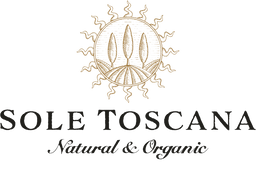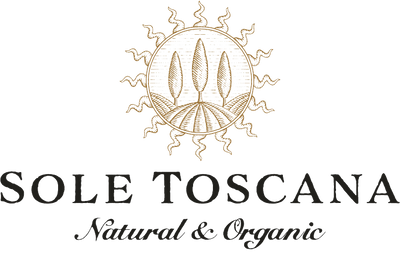Many of the things we bring into our homes can expose us to chemicals that damage our health. They can cause immediate problems like allergies, headaches, asthma, migraines, and chronic long-term issues like hormonal imbalances, weight gain, and increased cancer risk.
It's not possible to remove every potentially harmful toxin from our lives, but there are numerous small changes we can adopt that can have a significant impact.
Four tips for creating a healthier home
1 GO FRAGRANCE-FREE
If you love a spruced-up house, you're likely to have diffusers, scented candles, fabric sprays, incense, aerosol air fresheners, etc.
Even though these products add a pleasant smell to your home, they also contribute to indoor air pollution and exposure to hormone-altering chemicals.
Stats from the Environmental Protection Agency show that indoor air can be 2-5 times more polluted than outdoor air, even in heavily polluted cities, due to volatile organic compounds (VOCs). These come from paints, furniture, carpeting, and synthetic air fresheners.
Most synthetically scented products contain phthalates, which enter your body through inhalation. Phthalate exposure leads to numerous health issues, including weight gain, hormone disruption, insulin resistance, and even fertility issues.
So what is the best air freshener? Open your windows! It's the first and easiest step in eliminating any pre-existing odors from your home.
If you're a fan of scents, simmer a small pot of water with cloves, cinnamon sticks, and citrus rind for an uplifting natural fragrance.
You can also diffuse high-quality essential oils.
2 NO PLASTIC FOR LEFTOVERS
What do you use to store leftovers after a meal? Probably plastic containers. However, when our lovingly cooked meals have direct contact with plastic containers, we're at risk of exposure to hormone-disrupting chemicals. Certain chemicals used to make plastics, like bisphenol-a and phthalates, usually shed off from the container.
A study published in the Environmental Health Perspectives journal in 2011 showed that most plastics release chemicals that exhibit "estrogenic activity." They disrupt our hormones in ways similar to the phthalates in air fresheners. One such compound is BPA (Bisphenol-A).
Numerous studies have proven the link between BPA and various health issues, including breast cancer, diabetes, insulin resistance, childhood asthma, infertility, and others.
Sadly, BPA-free plastics are no better. Manufacturers have swapped BPA for similar chemicals such as BPS and BPF, which have the same effects on health.
The solution- choose glass instead! It contains no toxic chemicals.
3 REMOVE YOUR SHOES
A study from the University of Arizona found an average of 421,000 different types of bacteria on the soles of on 96% of the shoes sampled. The bacteria included e coli and coliforms (poop) .
Our shoes also carry heavy metals, pesticides from lawns, and polycyclic aromatic hydrocarbons (PAHs) from car exhaust.
If you have carpeting in your home, such surfaces trap all these contaminants. Your kids and pets have higher levels of these chemicals in their bodies since they spend lots of time on the carpets. To implement the 'no-shoes' rule, follow these tips:
- Mark out a designated shoe area right by the front door.
- Have extra woolen socks or house slippers for those who don't prefer being barefoot.
- When entertaining guests, make it clear (but politely) that you're a no-shoes household.
Doing this keeps your carpets cleaner and reduces the number of toxins that accumulate inside your home.

4 CHECK FOR ROHS COMPLIANCE ON HOLIDAY LIGHTS
Holiday lights are a favorite whenever Christmas rolls around. However, most of the plastics in cords and lights contain PVC (polyvinyl chloride), which is typically hard and rigid. To make these plastics flexible, manufacturers add lead or other heavy metals, phthalates, and flame retardants.
These chemicals shed off from the items that contain them so that they can transfer to our skin through touch.
In 2003, the European Union issued the Restriction of Hazardous Substances directive (RoHS).
RoHS restricts the use of substances like lead, mercury, cadmium, certain phthalates, and specific types of flame retardants in electronic equipment. Checking for the 'RoHS compliant' label on electrical cords assures you that your holiday lights don't have any of those toxic substances!.
Conclusion: We can't avoid all chemicals in life, but we can take small steps to reduce our exposure by choosing safer alternatives.
With love,
The Sole Toscana Beauty Team


